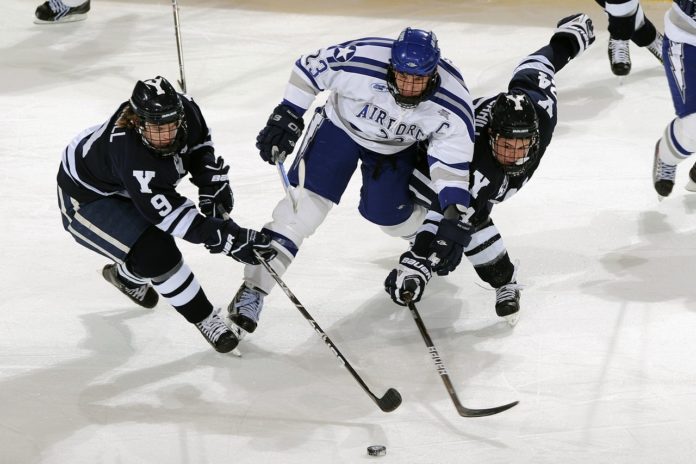Professional hockey games move quickly, and it’s easy for even the athletes on the ice to miss elements of key plays as they happen. But with the help of a new artificial intelligence technique, researchers from the University of Waterloo have found a way to analyze hockey videos that’s faster and easier than ever before.
The research was led by Kanav Vats, a PhD candidate in the Department of Systems Design Engineering, and presented at the 4th International ACM Workshop on Multimedia Analysis in Sports in October.
Analyzing sports videos is important because it can help players learn where they need to improve, and give them a way to track their improvements over time. It’s also a great way for coaches to review plays they might have missed throughout a game.
Yet because hockey players wear so much protective equipment, it can be difficult to tell different players apart. This makes it challenging to quickly analyze video footage from games.
“[T]he only major cue you have to identify a particular player in a hockey video is jersey number,” Vats said in a press release. “Players on a team otherwise appear very similar because of their helmets and uniforms.”
To get around this challenge, Vats and colleagues combined two AI techniques to create an algorithm for identifying numbers on players’ jerseys. They trained their algorithm on more than 54,000 still images from videos of National Hockey League games.
Since hockey games are so fast-paced, many of the images included in their dataset were blurry or blocked by objects and other players. The team needed to account for all of these challenges when creating their algorithm.

To help make their algorithm more accurate, the team used two different techniques for identifying the numbers. They trained the algorithm to identify jersey numbers as both a two-digit number (for example, 39) as well as two one-digit numbers (3 and 9), giving it more chances to get the number right.
“Using different representations to teach the same thing can improve performance,” Vats explained. “We combined a wholistic representation and a digit-wise representation with great results.”
Using these two techniques, the algorithm was able to accurately recognize jersey numbers about 90% of the time.
The team’s next steps will be to create an algorithm that can recognize what players are doing — for example, taking a shot on net or checking another player. They also believe that their algorithm could be used to identify player numbers in other team-based sports.
This work will help sports analysts and coaches avoid combing through videos, and will open up more time for them to help players improve their performances.
“As you can imagine, a person manually annotating video of a full hockey game of three periods would take hours,” Vats said. “Machine-learning systems can produce data from videos in a manner of minutes.”








































